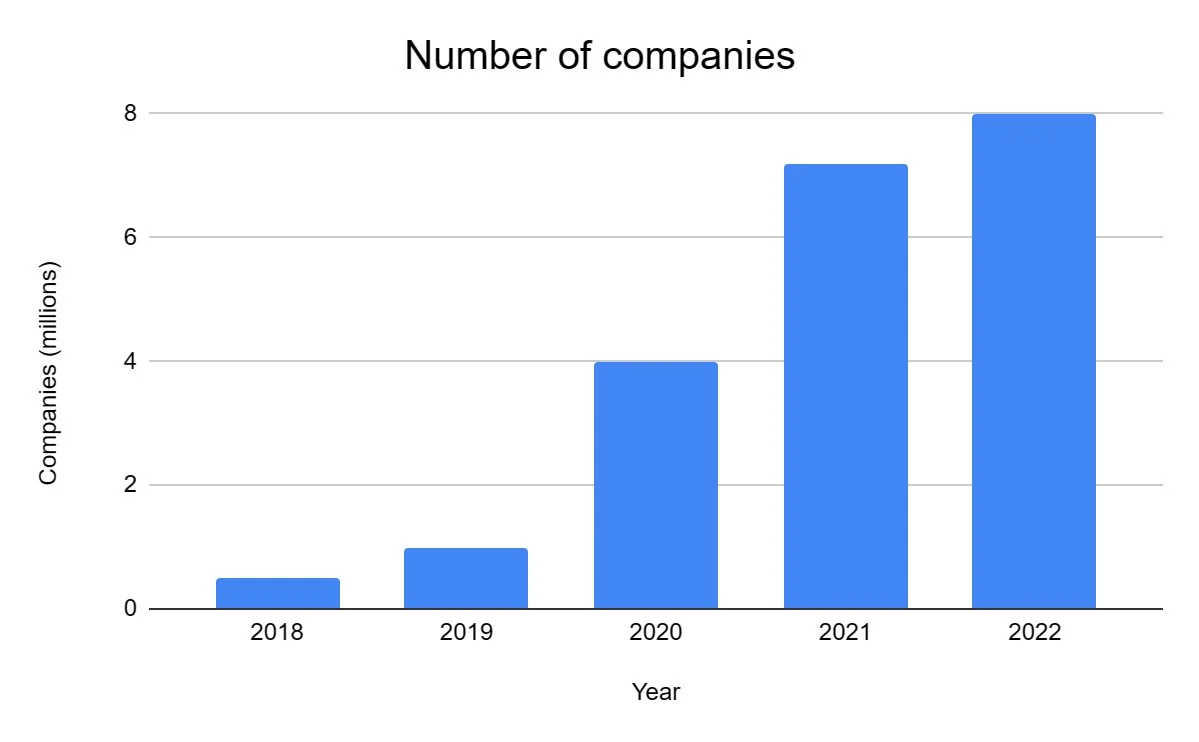DevOps tech: Continuous delivery DevOps capabilities
Create Kubernetes-native CI/CD pipelines with maximum speed and flexibility.

Less context switching as developers are alerted as soon as they break the build and can work on fixing it before they move to another task. Building the release is easy as all integration issues have been solved early. Even if you foresee more than four phases or less than four in your organization, the concepts outlined below still apply. Tell us about your business, and our experts will help you build the right solution for your needs. Automatically build, test, and deploy containers to a Kubernetes cluster using Cloud Build, Spinnaker, and Google Kubernetes Engine.
MLOps level 0: Manual process
The Continuous Delivery Pipeline is a significant element of the Agile Product Delivery competency. Each Agile Release Train builds and maintains, or shares, a pipeline with the assets and technologies needed to deliver solution value as independently as possible. The first three elements of the CDP work together to support the delivery of small batches of new functionality, which are then released to fulfill market demand.
- SAFe’s CALMR approach to DevOps is a mindset that guides continuous value delivery by improving Culture, Automation, Lean Flow, Measurement, and Recovery.
- This aspect allows the organization to respond, rollback, or fix forward when necessary.
- For some, continuous may mean daily or even releasing multiple times per day.
- The technical practices that drive continuous delivery—continuous testing, shifting left on security, and comprehensive testing and observability—are even more important in highly regulated and safety-critical domains.
Continuous delivery is the ability to deliver software that can be deployed at any time through manual releases; this is in contrast to continuous deployment which uses automated deployments. According to Martin Fowler, continuous deployment requires continuous delivery. Academic literature differentiates between the two approaches according to deployment method; manual vs. automated. Public cloud providers such as AWS and Microsoft Azure also offer integrated sets of continuous delivery tools. Developers and IT operations can use these tools from code development through to deployment and production, as well as for monitoring and scaling. This document is for data scientists and ML engineers who want to applyDevOps principles to ML systems .
MLOps level 1: ML pipeline automation
Over the years we may get immune to bad code in a way that we don’t believe it’s bad anymore.Fresh perspectivescan force us to revisit those weaknesses and refactor them generously wherever needed. The pipeline first builds components — the smallest distributable and testable units of the product. For example, a library built by the pipeline can be termed a component. A component can be certified, among other things, by code reviews, unit tests, and static code analyzers.
However, using modern tooling without implementing the necessary technical practices and process change described in this document won’t produce the expected benefits. Some organizations mistakenly believe that they can implement ci cd maturity model continuous delivery by doing their existing deployment process more often. However, implementing the technical capabilities that drive continuous delivery typically requires significant process and architectural changes.
Products and pricing
Google Cloud developer tools help you set up end-to-end continuous-delivery pipelines, covering all software development stages in multi-cloud, hybrid, and on premises environments. Some organizations put inexperienced people to design and implement continuous delivery pipelines, and learned the hard way that there were deep intricacies involved. Appointing junior members sends the wrong signal to teams, and implies that continuous delivery has a low priority. We strongly recommend putting a senior architect in charge, who has a deep appreciation for technology and business.
CI and continuous delivery enable an organization to have automated testing and staging processes, which then further enable developers to decide when and how often to deploy their code into production. For a rapid and reliable update of the pipelines in production, you need a robust automated CI/CD system. This automated CI/CD system lets your data scientists rapidly explore new ideas around feature engineering, model architecture, and hyperparameters. They can implement these ideas and automatically build, test, and deploy the new pipeline components to the target environment. But if you already have an existing application with customers you should slow things down and start with continuous integration and continuous delivery. Start by implementing basic unit tests that get executed automatically — there’s no need to focus yet on running complex end-to-end tests.
A Git Workflow Model for Continuous Delivery
After specific features are clearly understood, Agile Teams implement them. Completed work is committed to version control, built and integrated, and tested end-to-end before being validated in a staging environment. Legacy practices often cause ARTs to make solution changes in large monolithic chunks. For example, a satellite system comprises a manufactured orbital object, a terrestrial station, and a web farm that feeds the acquired data to end users. Some components may be released daily—perhaps the web farm functionality or satellite software.
For more reference architectures, diagrams, and best practices, explore theCloud Architecture Center. The following figure is a schematic representation of an automated ML pipeline for CT. There are several misconceptions about the purpose of certain branches due to the misunderstanding https://www.globalcloudteam.com/ of whether Continuous Delivery vs Continuous Deployment is implemented. Short time to restore service in the event of outages or service degradations. In a decrease to efficiency—the bottom of the J curve—automation increases test requirements, which are dealt with manually.
Continuous Delivery vs. Continuous Deployment
Outside of work I’m sharpening my fathering skills with a wonderful toddler. Your team will most likely need to embrace feature flags so that incomplete features do not affect customers in production. You need a continuous integration server that can monitor the main repository and run the tests automatically for every new commits pushed.

Cloud Architecture Center Get reference architectures and best practices. Cost optimization framework Get best practices to optimize workload costs. Google Cloud’s pay-as-you-go pricing offers automatic savings based on monthly usage and discounted rates for prepaid resources. Google Cloud Backup and DR Managed backup and disaster recovery for application-consistent data protection. Cloud Data Loss Prevention Sensitive data inspection, classification, and redaction platform.
Scaled Agile, Inc
Note that these phases are more logical than physical, and created only to break down a large problem into multiple smaller sub-problems. You may have less phases or more, depending on your architecture and requirements. Ready – After analysis, higher-priority features move to the backlog, where they’re ranked. Analyzing – Features that best align with the vision are pulled into the analyzing step for further exploration. Here they’re refined with critical attributes, including the business benefit hypothesis and acceptance criteria.
